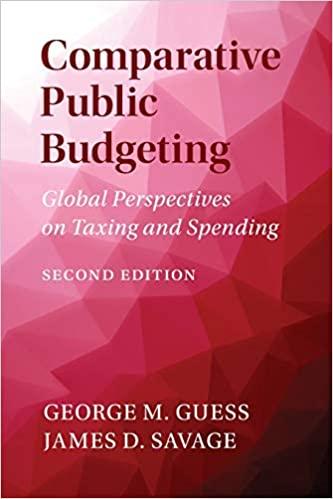Applying for a Loan. Assets Current assets \begin{tabular}{lr} Cash & 14,000 \\ Accounts receivable & 8,000 \\ \hline Total current assets & 22,000 \\ Fixed Assets & 112,000 \\ Property, plant \& equipment & (35,000) \\ Accumulated depreciation & 77,000 \\ Net fixed assets & 99,000 \\ \hline Total assets & \\ \hline \end{tabular} Liabilities and Owner's Equity Current liabilities Accounts payable \begin{tabular}{lr} Note payable & 26,500 \\ \hline Deposits from customers & 5,000 \\ Total current liabilities & 34,000 \\ \hline Total liabilities & 34,000 \end{tabular} Owner's equity \begin{tabular}{ll} Common stock & 50,000 \\ \hline Retained earnings & 14,000 \\ \hline Total owner's equity & 64,000 \\ Total liabilities and equity & 98,000 \end{tabular} Use balance sheet to the process of applying for a loan. The answers to the questions are as follows: 11. What is the amount of current assets and long-term assets that you have? 12. Calculate the current ratio. Using the rule of thumb given in the text, is this a good or bad ratio? 5 13. Why would the current ratio matter to your banker? 14. The information that the account holder knows about his or her account, but the bank does not know, includes: A. The amount of service charges taken from the account. B. Any direct payments made to the account by the holder's customers. C. Any deposits the holder has made after bank closing D. The amount of any interest received or charged. 15. The information that the bank knows about an account, but is not known by the account holder, includes: A. The checks written and mailed by an account holder but have not been received by the bank. B. The amount of any direct payments made in the account by the account holder's customers C. Deposits that the account holder has mailed or made after bank closing D. The sum of cash inflows and outflows recorded in the holder's accounting records 16. is an accounting process that identifies the causes of all differences between book and bank balances; After the the corrected bank balance and corrected book balance will be A. Reconciling; Reconciling; Different B. Cash flow management; reconciling; identical C. Deposits and progressive management; reconciling; identical D. reconciling; reconciling; identical 17. What are the three primary causes of cash flow problems faced by a small business? 18. is the cost incurred to substitute one asset with an identical asset? A. Disposal value B. Replacement value C. Fair market value D. Book value 19. The sum of all costs of capital assets, including acquisition, ownership, operation and disposal is called: A. Acquisition cost B. Cost of owning C. Whole of life cost D. Replacement cost 20. There are three general types of events that cause business risk. Which of the following is not one of those three general types of events? A. Events related to customers and others B. Events related to personnel C. Events related to property of the business D. Events related to the competitors of the business










